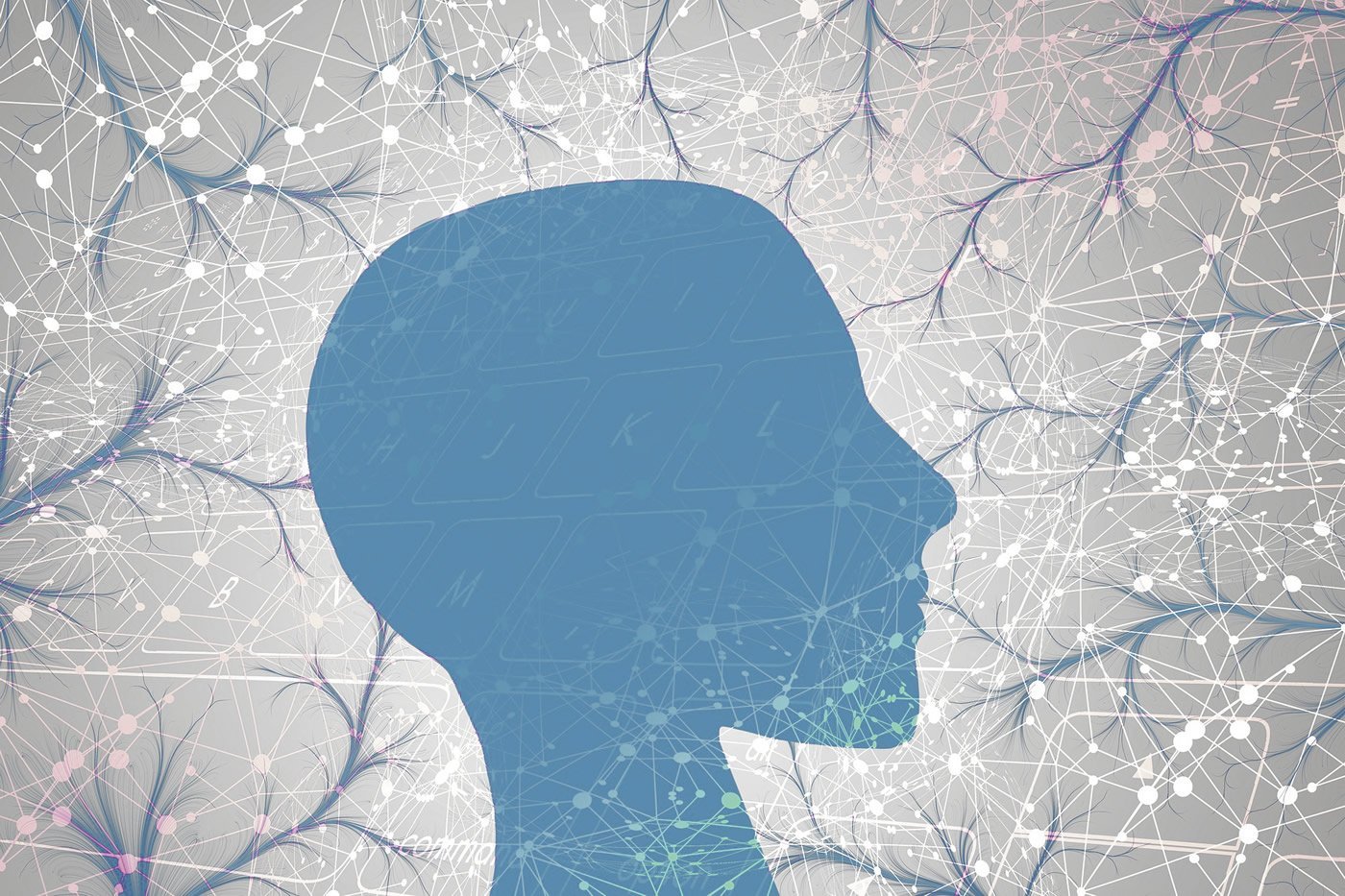Summary: Researchers directly measured oxygen levels in an intact brain and correlated it with neural activity. During normal activity, only 50% of oxygen is used for neural activity, the remaining 50% is required for glial cells and maintaining the metabolic rate of other nerve cells.
Source: LMU
The brain has a high energy demand and reacts very sensitively to oxygen deficiency. Ludwig-Maximilians-Universitaet (LMU) in Munich neurobiologists have now succeeded for the first time in directly correlating oxygen consumption with the activity of certain nerve cells.
The brain requires a disproportionate amount of energy compared to its body mass. This energy is mainly generated by aerobic metabolic processes that consume considerable amounts of oxygen. Therefore, the oxygen concentrations in the brain are an important parameter that influences the function of nerve cells and glial cells. However, how much oxygen is consumed in the brain and how this is related to neuronal activity was so far largely unknown. LMU neurobiologists Hans Straka, Suzan Özugur and Lars Kunz have now succeeded for the first time in directly measuring this in the intact brain and correlating it with nerve cell activity. The scientists report on their results in the journal BMC Biology.
In an already established animal model – tadpoles of the clawed frog Xenopus laevis – the scientists used electrochemical sensors to determine the concentration of oxygen in the brain and in one of the brain ventricles. They were able to specifically control the amount of oxygen available to the brain as well as inhibit nerve cell activity with the help of pharmacological substances. Using the example of nerve cells that control eye movements, the scientists succeeded in directly recording the relationship between oxygen consumption and nerve cell activity. “We have found that the brain is anoxic in a normal air-saturated environment, which means that no oxygen can be measured,” says Straka. The complete oxygen was therefore immediately used by the cells to synthesize energy-rich substances. If more than twice the atmospheric oxygen concentration was available, the energy metabolism was saturated and oxygen was abundantly present in the brain. “We were also able to show that during normal operation only about 50 percent of the oxygen is used for nerve cell activity,” says Straka. “So the other 50 percent are required for glial cells and for maintaining the basic metabolic rate of nerve cells. However, nerve cells with increased activity consume more oxygen.”

In order to better understand how information is processed in the brain, knowledge of the relationship between oxygen availability and brain activity is essential. The scientists’ results provide initial insight into this and are an important basis for further investigations of the brain’s energy balance in future experiments and for measuring oxygen consumption for various nerve cell functions. This could also be relevant from a medical point of view, for example to better understand the consequences of oxygen deficiency in the brain or to better interpret the information on brain activity obtained with imaging techniques.
About this neuroscience research article
Source:
LMU
Media Contacts:
Kathrin Bilgeri – LMU
Image Source:
The image is in the public domain.
Original Research: Open access
“Relationship between oxygen consumption and neuronal activity in a defined neural circuit” by Suzan Özugur, Lars Kunz & Hans Straka. BMC Biology
Abstract
Relationship between oxygen consumption and neuronal activity in a defined neural circuit
Background
Neuronal computations related to sensory and motor activity along with the maintenance of spike discharge, synaptic transmission, and associated housekeeping are energetically demanding. The most efficient metabolic process to provide large amounts of energy equivalents is oxidative phosphorylation and thus dependent on O2 consumption. Therefore, O2 levels in the brain are a critical parameter that influences neuronal function. Measurements of O2 consumption have been used to estimate the cost of neuronal activity; however, exploring these metabolic relationships in vivo and under defined experimental conditions has been limited by technical challenges.
Results
We used isolated preparations of Xenopus laevis tadpoles to perform a quantitative analysis of O2 levels in the brain under in vivo-like conditions. We measured O2 concentrations in the hindbrain in relation to the spike discharge of the superior oblique eye muscle-innervating trochlear nerve as proxy for central nervous activity. In air-saturated bath Ringer solution, O2 levels in the fourth ventricle and adjacent, functionally intact hindbrain were close to zero. Inhibition of mitochondrial activity with potassium cyanide or fixation of the tissue with ethanol raised the ventricular O2 concentration to bath levels, indicating that the brain tissue consumed the available O2. Gradually increasing oxygenation of the Ringer solution caused a concurrent increase of ventricular O2 concentrations. Blocking spike discharge with the local anesthetics tricaine methanesulfonate diminished the O2 consumption by ~ 50%, illustrating the substantial O2 amount related to neuronal activity. In contrast, episodes of spontaneous trochlear nerve spike bursts were accompanied by transient increases of the O2 consumption with parameters that correlated with burst magnitude and duration.
Conclusions
Controlled experimental manipulations of both the O2 level as well as the neuronal activity under in vivo-like conditions allowed to quantitatively relate spike discharge magnitudes in a particular neuronal circuitry with the O2 consumption in this area. Moreover, the possibility to distinctly manipulate various functional parameters will yield more insight in the coupling between metabolic and neuronal activity. Thus, apart from providing quantitative empiric evidence for the link between physiologically relevant spontaneous spike discharge in the brain and O2-dependent metabolism, isolated amphibian preparations are promising model systems to further dissociate the O2 dynamics in relation to neuronal computations.






